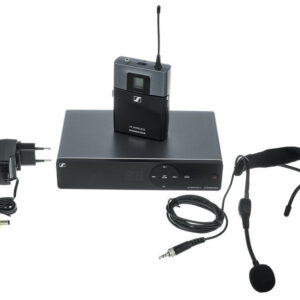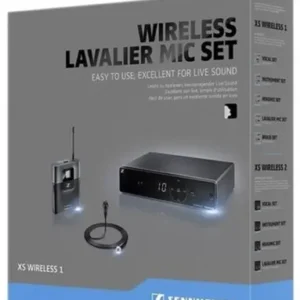Microphones
Microphones come in different types and designs to suit specific applications. The most common type is the dynamic microphone, which uses a diaphragm connected to a coil to generate an electrical signal when sound waves cause the diaphragm to vibrate. Dynamic microphones are durable, versatile, and can handle high sound pressure levels, making them suitable for live performances and recording loud sources.
Condenser microphones, on the other hand, utilize a thin diaphragm that acts as one plate of a capacitor. When sound waves hit the diaphragm, the capacitance changes, producing an electrical signal. Condenser microphones are more sensitive and accurate, making them ideal for capturing vocals, acoustic instruments, and studio recordings. They often require external power, either from batteries or phantom power supplied by an audio interface or mixer.
There are also specialized microphones for specific purposes, such as lavalier microphones for hands-free operation, shotgun microphones for long-distance sound capture, and USB microphones for direct connection to computers without the need for additional audio interfaces.
Microphones can have various polar patterns, which determine their sensitivity to sound coming from different directions. The most common polar patterns are cardioid (sensitive to sound in front, less sensitive to sound from the sides and back), omnidirectional (equally sensitive to sound from all directions), and bidirectional (sensitive to sound from the front and back, but not the sides).
-
Product on sale
 Digitek® (DWM 104) Wireless Microphone System, 2 Transmitters 1 Receiver with TFT Display, 150M Range, 10Hrs RX/TX Runtime, Noise Cancellation, Low Cut Function, Mono/Stereo Output, 3.5mm Interface₹6,999.00
Digitek® (DWM 104) Wireless Microphone System, 2 Transmitters 1 Receiver with TFT Display, 150M Range, 10Hrs RX/TX Runtime, Noise Cancellation, Low Cut Function, Mono/Stereo Output, 3.5mm Interface₹6,999.00 -
Product on sale
 Sennheiser XSW1-ME3 Headworn Wireless Microphone₹32,000.00
Sennheiser XSW1-ME3 Headworn Wireless Microphone₹32,000.00 -
Product on sale
 Sennheiser XSW1-ME2 Lapel Wireless Microphone₹30,900.00
Sennheiser XSW1-ME2 Lapel Wireless Microphone₹30,900.00
